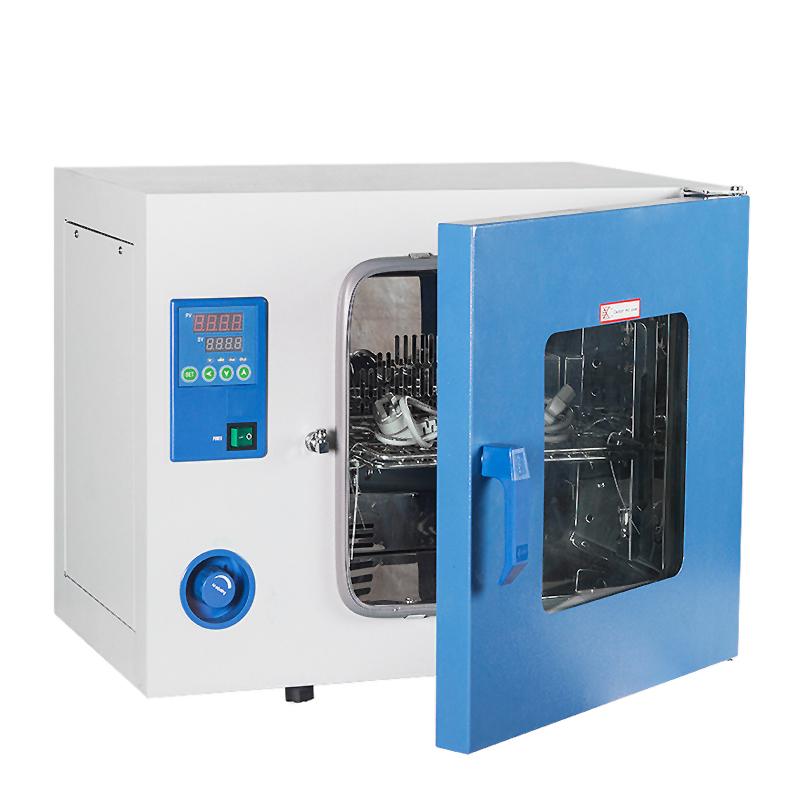Thermal stability analysis of pigment in drying type paint
In the field of paint manufacturing and application, the thermal stability of pigments is a crucial parameter. The stability of the pigment under heat conditions is directly related to the final performance, life and appearance of the paint. This paper will discuss the method of comparing the thermal stability of pigments in drying type paints, equipment requirements, and how to interpret and apply the test results.
The importance of thermal stability
Thermal stability mainly refers to the stability of the pigment under heat conditions or its heat resistance. Good thermal stability means that the paint can maintain its color and performance under high temperature conditions. This is an important performance indicator for paint manufacturers and users, especially when the paint needs to be used in high-temperature environments or in situations where it is often affected by heat.
Instruments and materials
The following instruments and materials are required for thermal stability comparisons:
Template: Light sheet metal or other suitable material, 150mmX100mmX(0.2~0.3)mm.
Oven: need to have good ventilation and can be maintained at the specified temperature.
Drying type paint: should meet the requirements of product standards.

Thermal stability analysis of pigment in drying type paint
Measurement process
a. Prepare the sample
First, it is necessary to prepare the pigment sample using the method specified in the product standard and the drying type paint. This involves properly diluting the pigment to get the right consistency.
b. Coat the template
Apply the pigment sample to the template, ensuring that the thickness of the wet film is 75-120 μm. At the same time, the same method is used to prepare a coating template for the standard sample.
c. Bake and cool
The coated template needs to be kept under specified environmental conditions for a period of time, then baked in the oven and cooled to room temperature.
d. Contrast and comparison
The sample template is compared with the standard template under specified conditions to evaluate the thermal stability of the sample.
How to interpret the results
The results are mainly evaluated based on the degree of discoloration of the pigment after baking. Accurate color difference data can be obtained by intuitive comparison or by using a color meter. If the degree of discoloration of the sample is less than, equal to, or greater than the standard sample, it means that its thermal stability is correspondingly higher, the same, or lower.
Thermal stability analysis of pigment in drying type paint
Standard reference
In order to ensure the accuracy and reliability of the determination, the method was carried out according to the national standard GB 1711-89 “Comparison of thermal stability of pigments in drying type paints”.
conclusion
The thermal stability of pigments plays an important role in the manufacture and application of coatings. A pigment with high thermal stability not only ensures the durability and durability of the paint, but also provides a more stable and consistent color for the paint. Therefore, accurate testing and comparison of the thermal stability of pigments is crucial for paint manufacturers and users.
